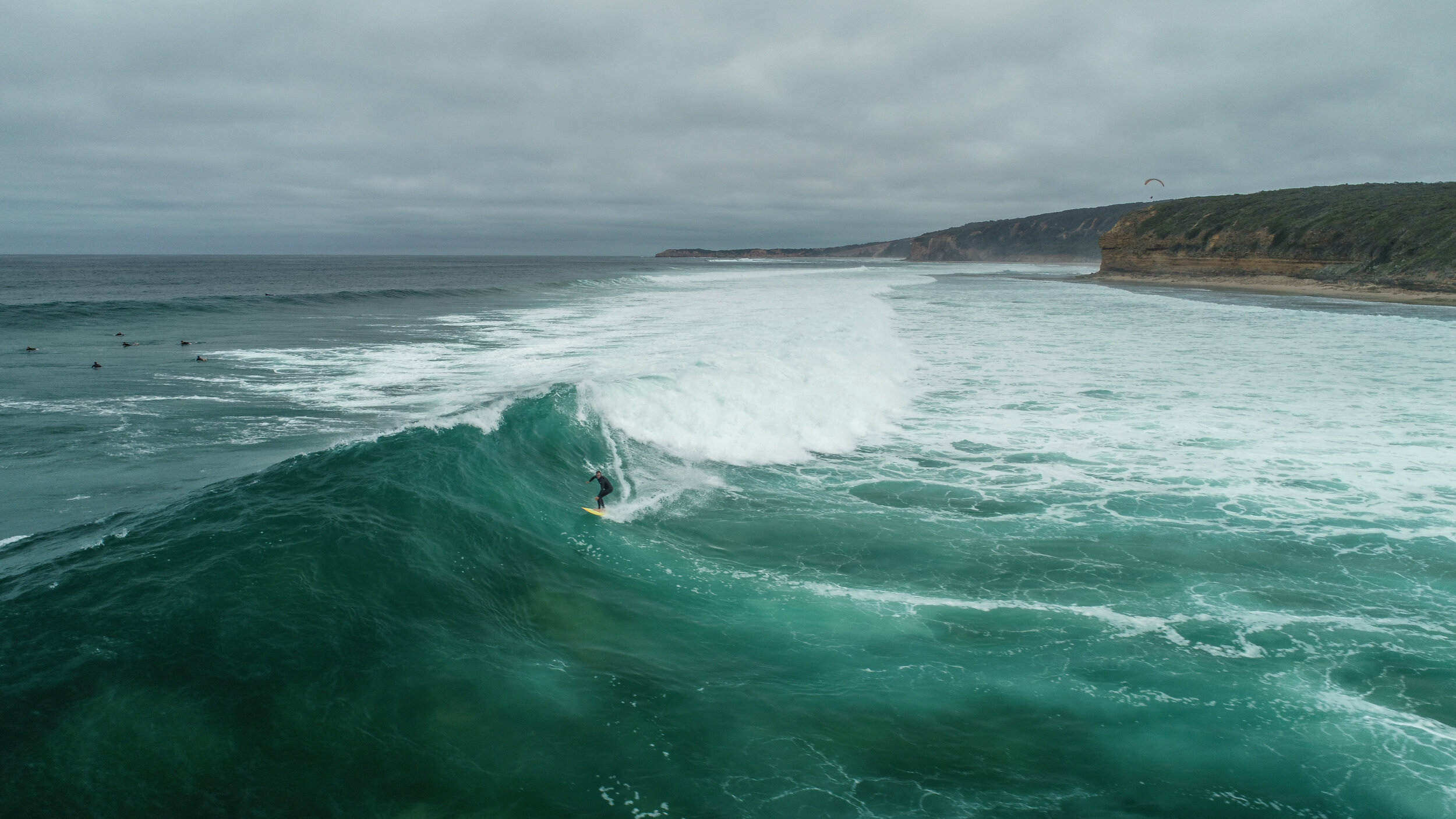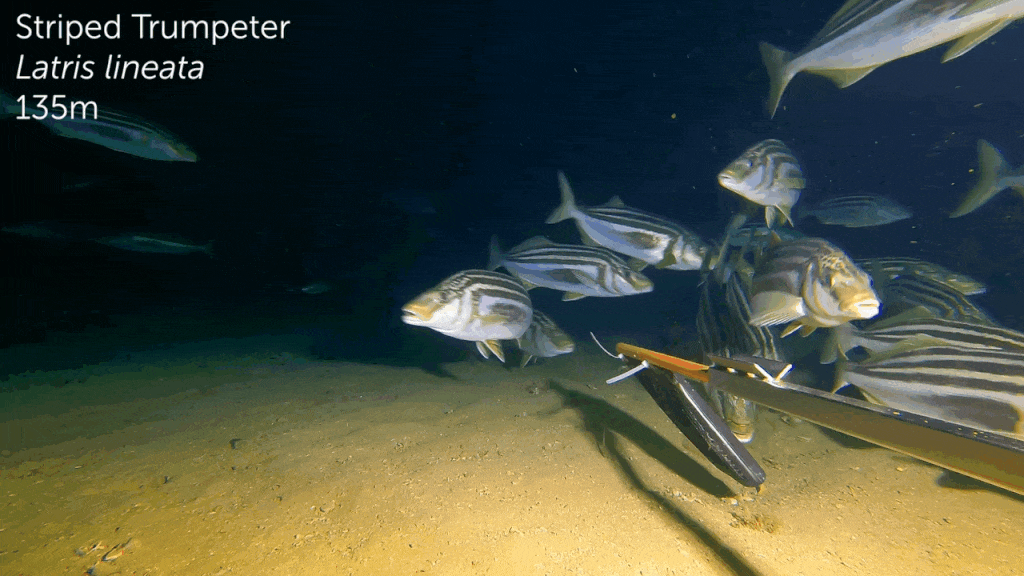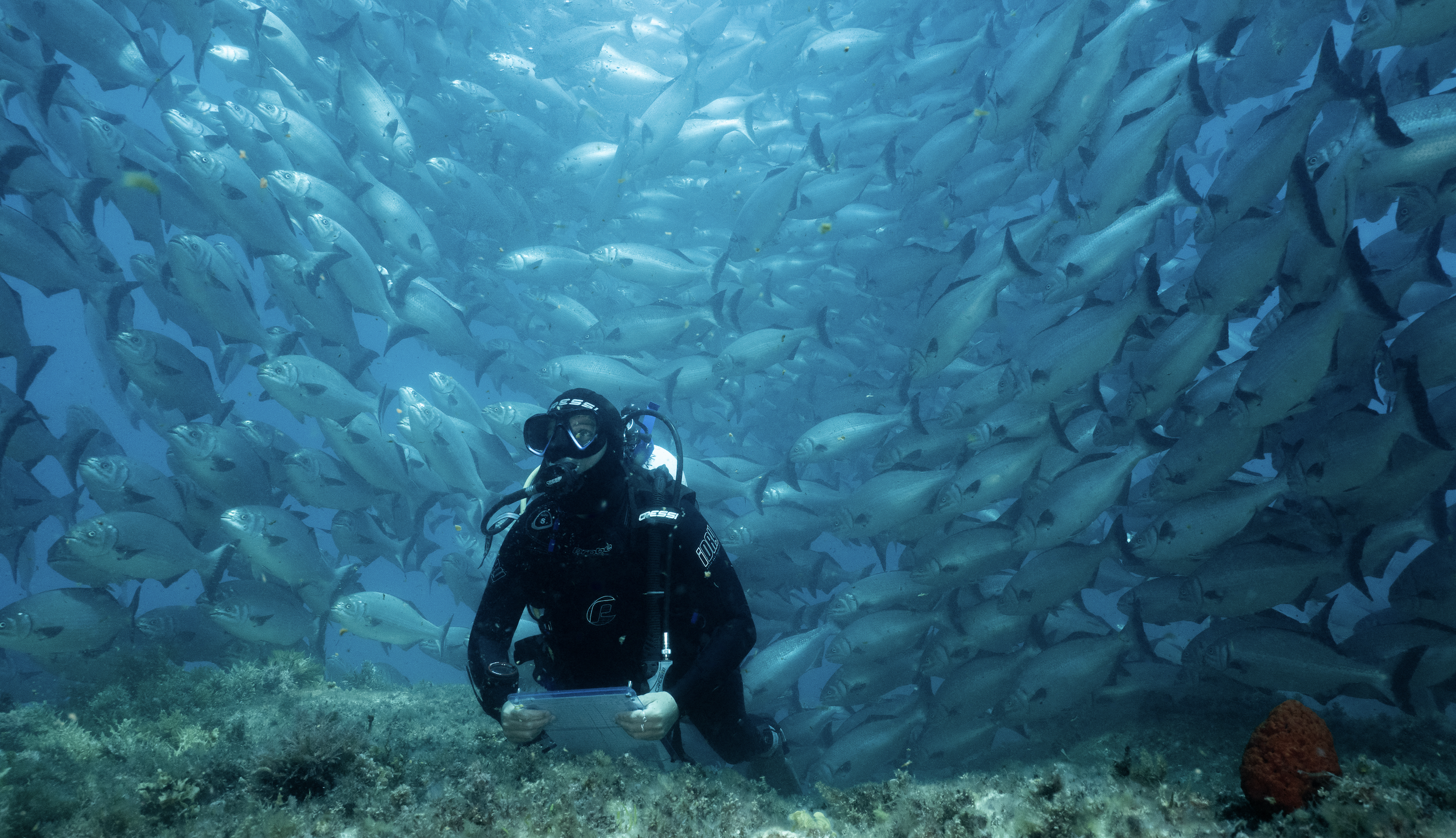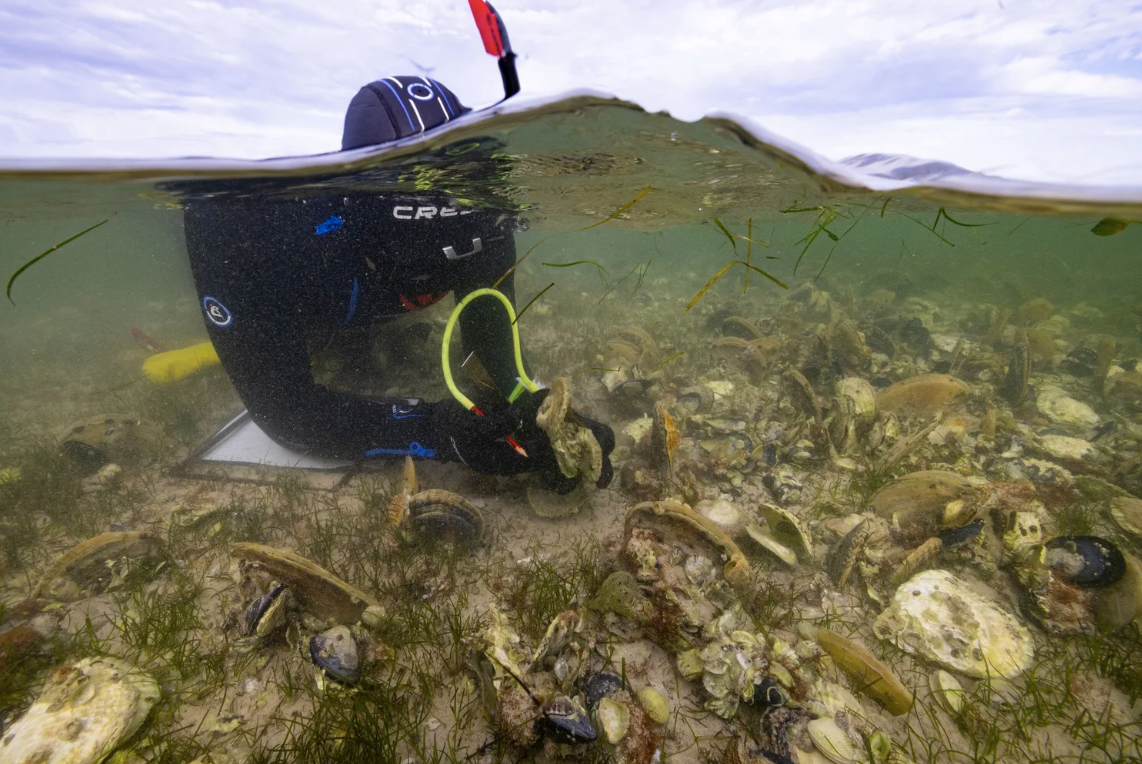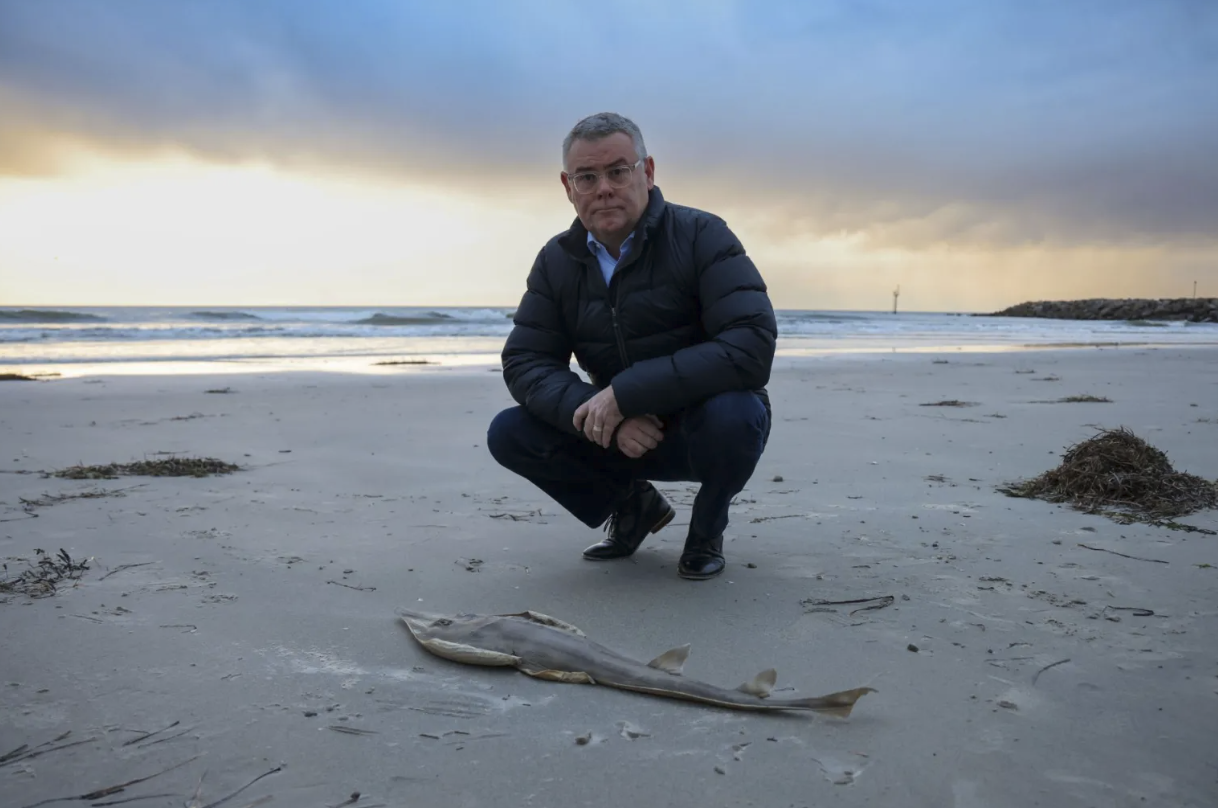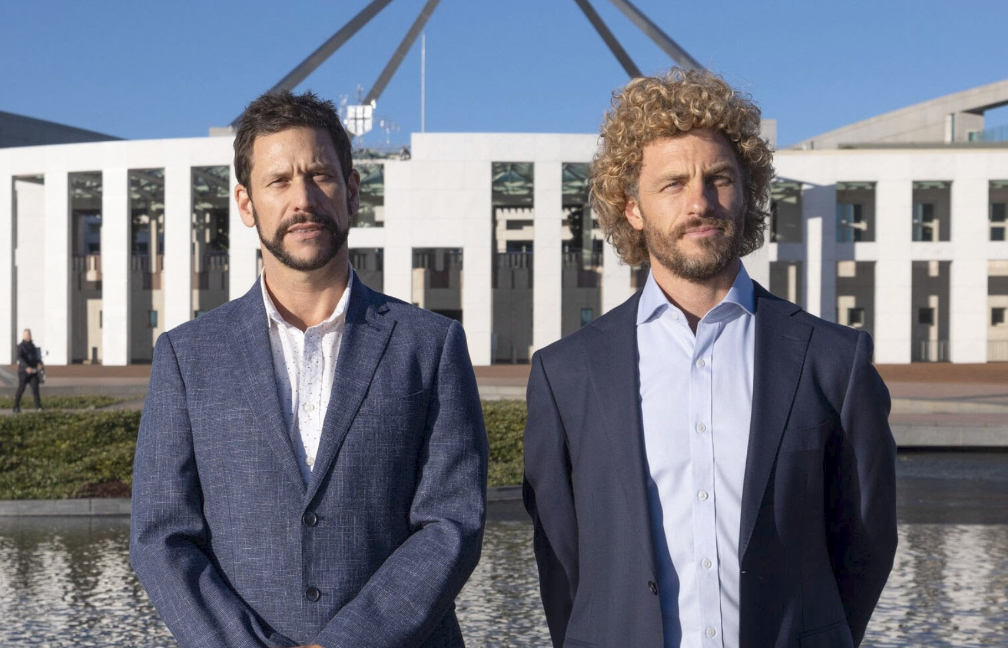south-east marine park network
a science-driven path to protection
When the South-east Marine Parks were first established, little was known about what lay beneath these remote waters. Two decades of research, supported by Parks Australia and the Marine Biodiversity Hubs, has built a much clearer picture of these ecosystems. This growing evidence base has helped inform the updated management arrangements that took effect once the Senate disallowance period passed in late 2025. The changes include several new and expanded sanctuary zones that strengthen protection for key reef systems.
The new management arrangements set the direction for how the South-east Marine Parks will be managed. They focus on biodiversity protection, cultural and natural values, adaptive management and sustainable use. This framework leaves space for continued scientific work to track ecological change and refine management over time.
What the New Zones Deliver
The expanded sanctuary zones strengthen protection for several biologically significant reef features. These areas support long-term monitoring and provide strong reference sites that help assess human impacts and understand ecological resilience.
Evolving knowledge
Fifteen years of surveys using BRUVS, ROVs, AUVs and multibeam mapping have revealed a range of deeper reef habitats across the network. These include granite reef features like Joe’s Reef in Freycinet Marine Park, structurally complex sponge and coral habitats in mid-shelf and slope waters, and rocky reef systems across several other parks in the South-east network.
The use of standard methods such as BRUVS has created comparable datasets that help track ecological patterns through time. This work underpins the current monitoring approach and has supported decisions about where protections are most effective.
“Our scientific studies have been utilised in the formation of these plans and I’m super proud of the tremendous amount of science we have done that has contributed”
- Associate Professor Neville Barrett of IMAS and the Great Southern Reef Research Partnership
deep water discoveries
Earlier this year, researchers revisited deeper reef sites in Beagle Marine Park as part of ongoing monitoring. The survey, led by IMAS using the SARDI vessel MRV Ngerin, documented thousands of sleepy Port Jackson sharks spread across the seafloor. This rare aggregation reinforces how little is still known about deeper reef systems and shows the value of repeat surveys.
nutrient hotspots
Most of the South-east region is nutrient-poor, yet several well-known upwelling zones support rich pelagic life. These include the Bonney Upwelling, the upwelling east of Eden and features linked to large submarine canyons such as West Sprigg Canyon. These areas support feeding and breeding aggregations of species including pygmy blue whales.
New Insights into Freycinet and Huon Marine Parks
Recent BRUVS and ROV surveys across Freycinet and Huon Marine Parks confirm high biodiversity, particularly in structurally rich habitats such as Joe’s Reef and the nearby shelf-break. Species including jackass morwong, striped trumpeter and rock lobsters were linked closely to habitat complexity. These datasets now form a baseline for tracking ecological change.
Monitoring pelagic species in Flinders Marine Park
Changes to pelagic fishing arrangements in parts of Flinders Marine Park highlight the need for robust long-term monitoring. Scientists have recommended targeted programs to track pelagic species and detect any shifts over time, so management remains aligned with conservation values.
Sanctuary upgrades now in place
New and expanded sanctuary zones now provide stronger protection for several significant reef systems across the network. In Freycinet Marine Park, Joe’s Reef has been included as a sanctuary zone, recognising its ecological importance and long-established research value.
Although the adjacent shelf-break reef systems remain outside this zone, their biodiversity significance continues to be discussed within scientific circles and may inform future refinements.
A Future Built on Science and Stewardship
The rezoning marks meaningful progress for the South-east Marine Parks and the Great Southern Reef. Stronger sanctuary protections and a clear monitoring framework give scientists and managers the structure needed to track change and respond over time. Ongoing investment in research and deeper reef surveys will help refine future zoning and maintain the momentum behind this work.
more gsr news
